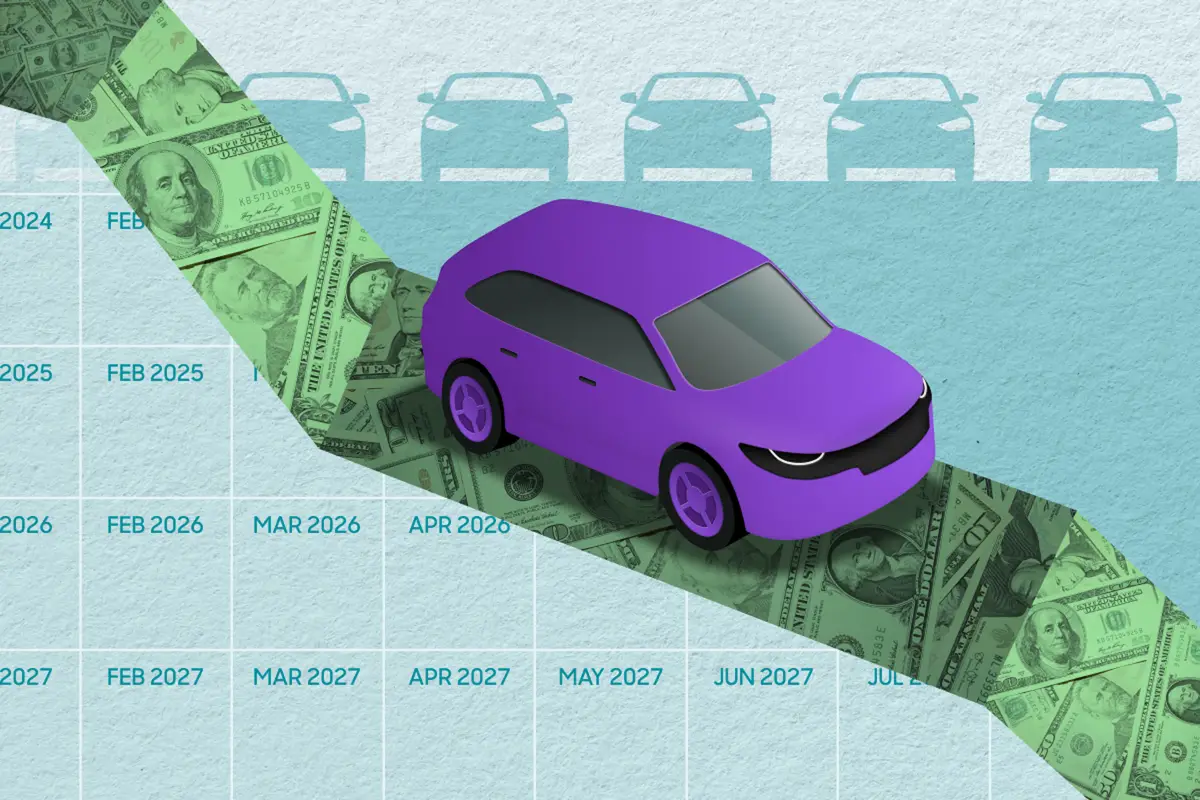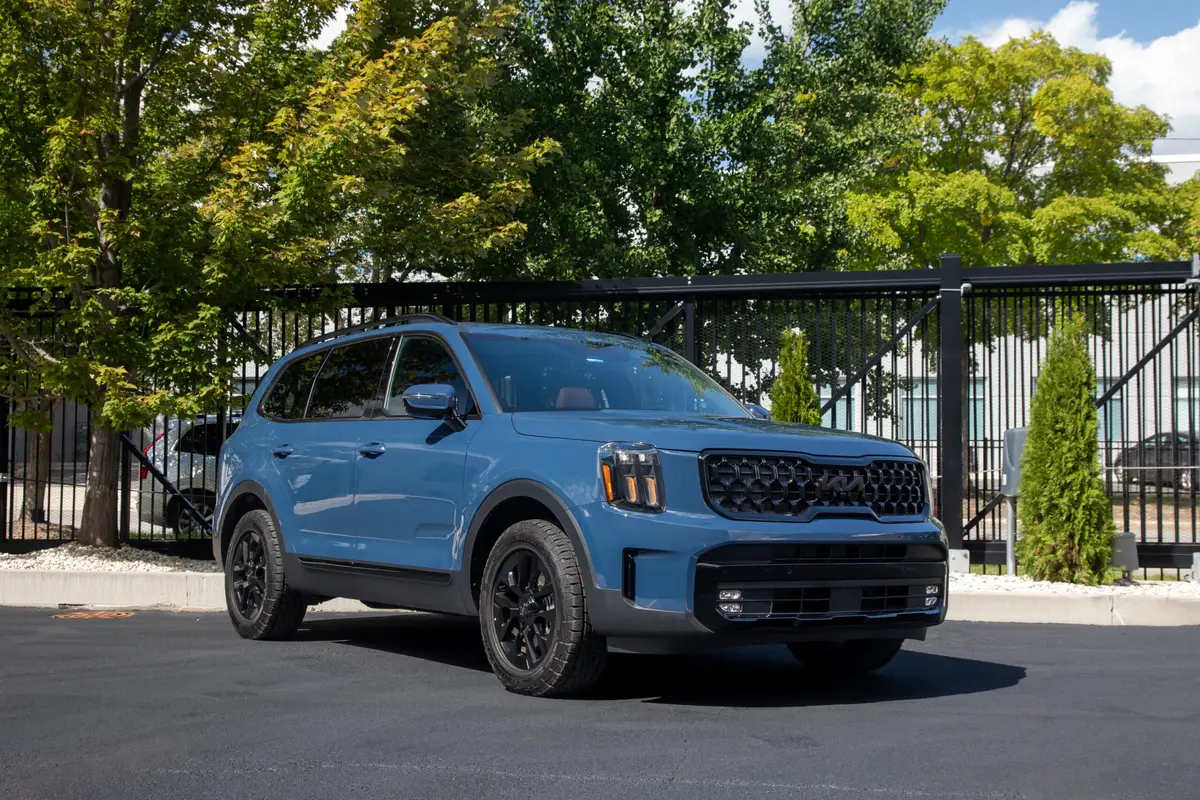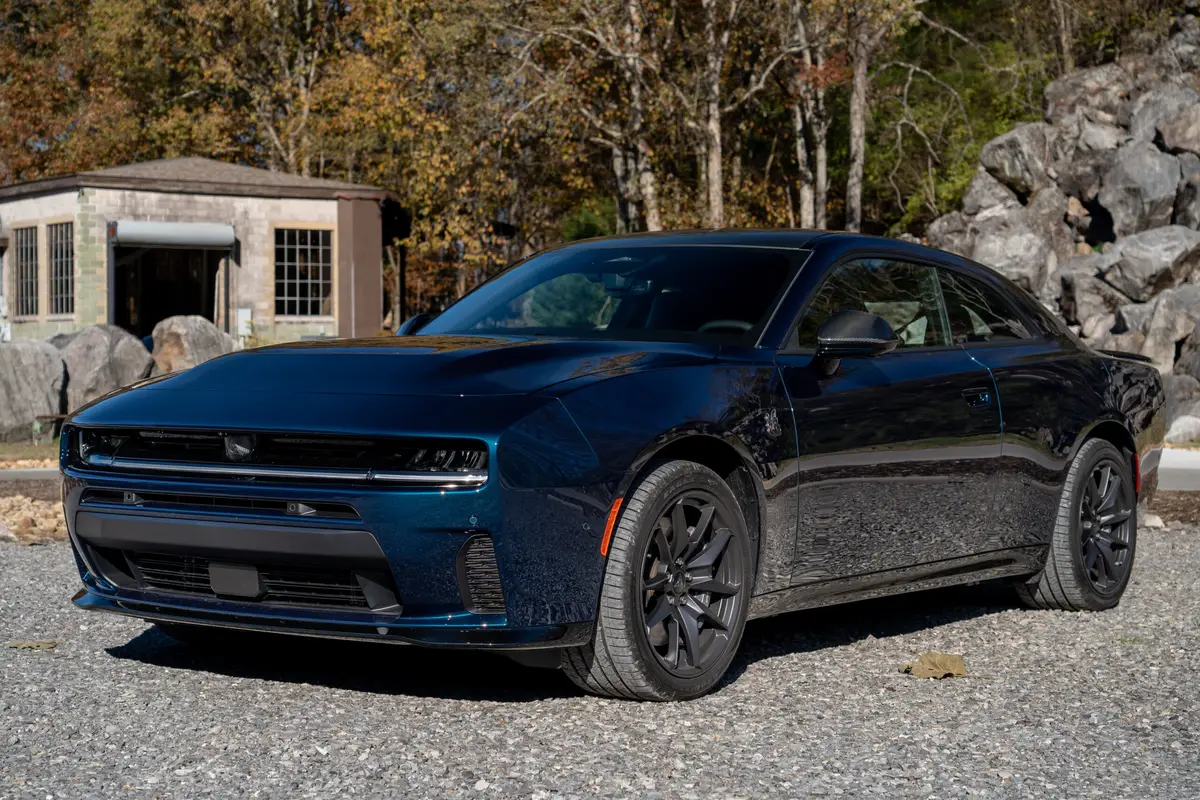Quick Install: EFI on Any Older Pickup

In the past, trying to convert your older truck from standard carburetion to modern fuel injection was not only difficult, it was costly as well. Assuming you could install all the parts correctly, you would have to use a laptop to perform special calibrations, which most people know nothing about. As a result, modernizing your older pickup with electronic fuel injection was seemingly impossible.
Of course, there are lots of reasons why truck owners value EFI: slightly more power and improved fuel economy, reduced tailpipe emissions, significantly better throttle response, vastly improved cold start-up and the ability to quickly adapt to changing conditions like altitude, temperature and engine load.
Thankfully, a company called Fuel Air Spark Technology has created a new “EZ-EFI” fuel-injection system that is relatively simple to install and that does not require custom programming. And the beauty of the EZ-EFI system is that it fits any make’s engine and any style of engine, as well as any cylinder configuration (V-10, V-8, V-6, I-6 or I-4).
For installation, the only requirement is that your intake manifold has a standard Holley (4150 style) “square bore” opening — which is common on many engines. Otherwise, no special intake manifold is needed because the EZ-EFI throttle body will use the original carburetor-type throttle linkage, and it works with just about any type of ignition system, factory or aftermarket.
Once bolted in place, the system is plug and play. In fact, it’s self-tuning, so as you test-drive the system, the computer is learning and building an increasingly more precise air/fuel mix. The standard single-throttle-body EZ-EFI setup can support engines up to 650 horsepower.
To test the ease of installation along with the true effectiveness of EZ-EFI induction, we installed the system on a 1971 Chevrolet C-10 truck that was powered by a new 383-cubic-inch V-8. The installation was straightforward and was accomplished in one day. To validate the performance benefits we conducted before-and-after chassis dyno testing along with before-and-after fuel economy runs over a 125-mile test loop.
The system costs about $2,000 (depending on options) and contains everything needed to convert your truck’s carbureted engine into a modern EFI performer. Contained in the master kit (part No. 30227) is a complete throttle-body assembly (with four integrated fuel injectors), EFI control unit, hand-held control module, complete wiring harness, a wide-band oxygen sensor, a coolant temperature sensor, an electric fuel pump and a fuel hose kit with Army/Navy fittings.

This is the look of the Chevrolet 383 V-8 engine with the Holley four-barrel carburetor. The engine ran strong and smooth with the 750-cubic-feet-per-minute carburetor, but we wanted more responsiveness, performance and fuel economy. To begin, remove the carburetor, inlet fuel lines and the mechanical fuel pump (if applicable).
The EZ-EFI throttle body is aluminum and mounts to any intake manifold that features a common Holley 4150-style square bore opening. Install the throttle body, tighten the retaining nuts and then reconnect the throttle and transmission linkage. The EZ-EFI system comes with a billet aluminum adjustable fuel-pressure regulator. We installed the regulator on the front of the cylinder head and then installed the high-pressure fuel line that comes with A/N fittings.
Mount the control unit in a secure location as far from heat as possible. Afterward, attach the wiring harness’ main connection to the control unit. From there, connect the control unit’s main power and ground wires to the battery. Each of the wires on the main harness features a tag that identifies where to connect it on the throttle body. Here, we connect the manifold air temperature sensor wire. Total time to connect all wires to the throttle body was less than five minutes.
The system requires a steady supply of fuel delivered at 43 pounds per square inch; as a result, a stock (carburetor-type) low-pressure, mechanical fuel pump will likely need to be replaced with a high-pressure, electric fuel pump. The new pump and quick-connect wiring was included with our kit, but some applications may not require its installation.
To allow the EZ-EFI to determine the proper air/fuel ratios while driving, a wide-band oxygen sensor is required. Our kit included a weld-in, threaded bung and oxygen sensor. We mounted the sensor just behind the exhaust header collector.
Once the EZ-EFI system is installed, you will use the supplied hand-held control module to manually input data specifics regarding your exact engine. You will be asked to identify items such as cubic inch displacement, number of cylinders, desired idle speed, engine redline and more. Once complete, you can start the engine. As the engine runs, the computer receives input from the various sensors and will continually make proper air/fuel adjustments in real time.
It is well known that EFI usually does not significantly improve power over a well-tuned carburetor. However, EFI is known for producing lower emissions and significantly better fuel economy. We took our ’71 Chevy C-10 to Hennessey Performance for before-and-after dyno testing to determine how our power output had changed. With the Holley four-barrel carburetor, the engine made a peak output of 363.2 hp along with 414.7 pounds-feet torque. After installing the EZ-EFI, the truck produced 366.6 hp with 423.8 pounds-feet torque. Additionally, we did before-and-after fuel economy testing (over the same 125-mile test loop) and realized a 4.1-mpg improvement. Of course, what we most appreciate is the significantly crisper throttle response and much smoother cold starts.
Sources
- Fuel Air Spark Technology (FAST); www.fuelairspark.com; 877-334-8355
- Hennessey Performance; www.hennesseyperformance.com; 979-885-1300
Cars.com’s Editorial department is your source for automotive news and reviews. In line with Cars.com’s long-standing ethics policy, editors and reviewers don’t accept gifts or free trips from automakers. The Editorial department is independent of Cars.com’s advertising, sales and sponsored content departments.
Featured stories

15-Year Car Loans Aren’t a Thing, But Americans Are Getting More Comfortable With Long Loan Terms

2025 Kia Telluride Review: Rougher Roads Ahead



